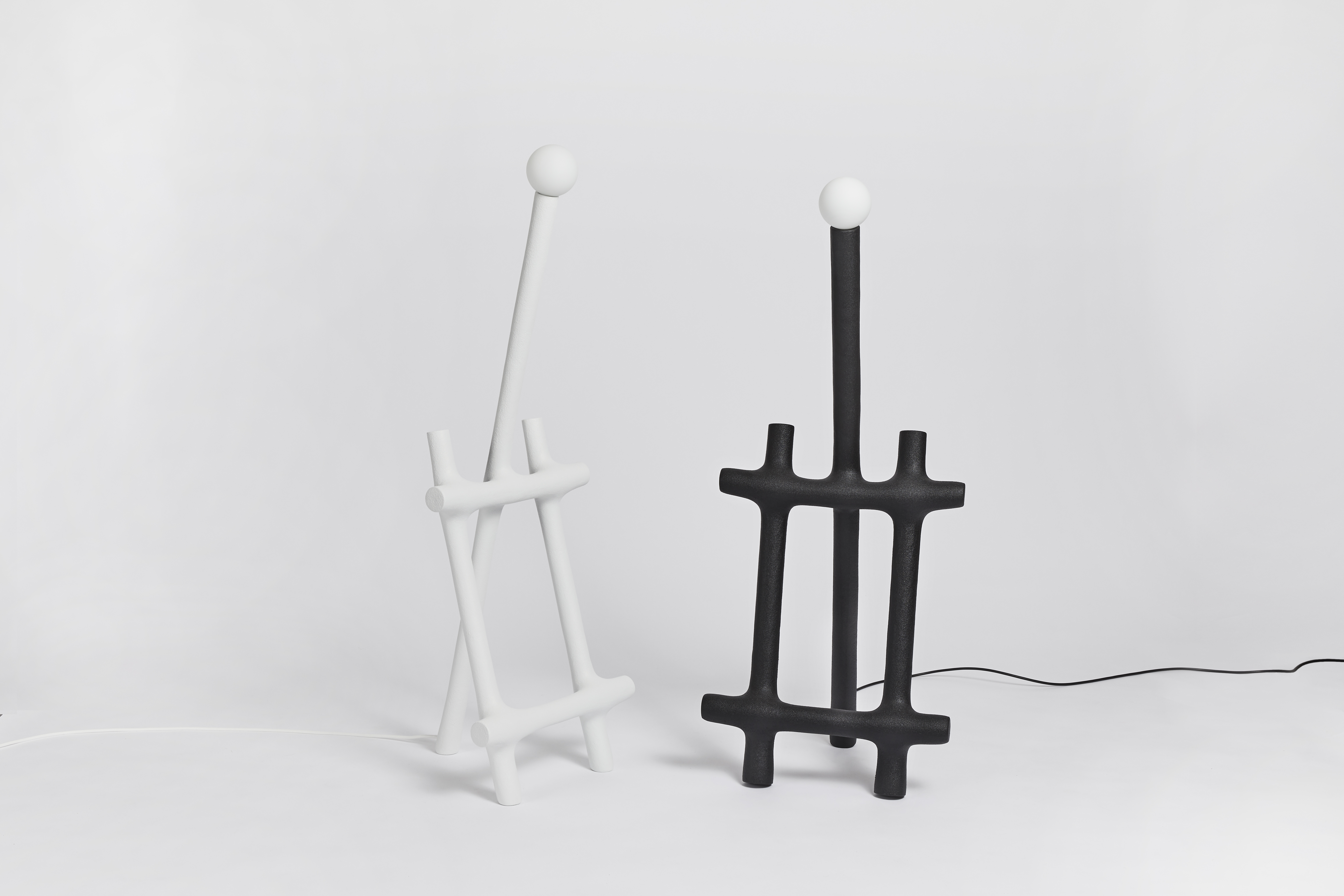It's always nice when a trend comes around that actually has a practical application. We’ve been noticing a number of new pieces hitting the market from emerging designers where the strength of the piece doesn't come from inside, but outside.
In traditional manufacturing, the structure of an object will be created and then finished in a particular way such as paint, upholstery, varnish, veneer or simply decoration. Now however, designers are focusing on form first, using a lightweight, easily worked material such as foam to create forms that would be impossible to achieve in anything harder. Once a form is created it is solidified by an external layer (or many layers) of a certain material.
Not only does this ‘exoskeleton’ give the piece all the strength it needs and allows the designer to achieve more in terms of form, but it also often allows the piece to be very lightweight as all of the structure is only a few thin layers of material. Below you can find a selection of pieces using a sort of ‘exoskeleton’ for the reasons stated above. Also included are a couple of pieces which use exoskeletons or coatings for other reasons.
Two pieces from Korean designer Dongwook Choi. Crest and Trough and Tooth Stool, both created using an internal structure of either FRP or EPS. Crest and Trough is coated in chrome, giving it a polished, uniform finish. Tooth Stool, however, is coated by hand in urethane giving it strength, a fascinating surface finish as well as leaving it incredibly lightweight.
The heavy collection is a series of brutalist pieces created by combining pieces of polystyrene into unique forms. Then, the pieces are covered in several layers of triaxial fiber mesh and coated in acrylic resin and duco spray. The coating materials used give the piece strength but also give the piece an entirely unique finish making it one-of-a-kind.
On the left, one piece from Paris-based AuchKatzStudio. Sculpted from a block of recycled polystyrene and then coated in pigment-dyed jesmonite to add structure, solidity and colour. On the right, the Dolmen Table by Anima Ona. The Dolmen Table is created from aerated concrete, a material much lighter and softer form of concrete. This is then covered in several layers of plaster and lime plaster.
Fascinatingly, Hot Wire Extensions’ pieces start as a single wire. Twisted into delicate shapes, the pieces are then coated with a mixture of sand and nylon powder in a process developed by the studio. The bone-like structure is then much thicker, stronger and more visually appealing.
Not quite an exoskeleton, the inflatable chair by Satomi Minoshima uses air as the internal ‘material’ and high-quality leather casing to keep the whole thing together. The JD01 Noir chair by Julian David Studio uses a thermal coating to add tactility, colour, uniformity to an otherwise plywood piece.
Subscribe to our newsletter to be the first to receive news about Movimento Club.




















